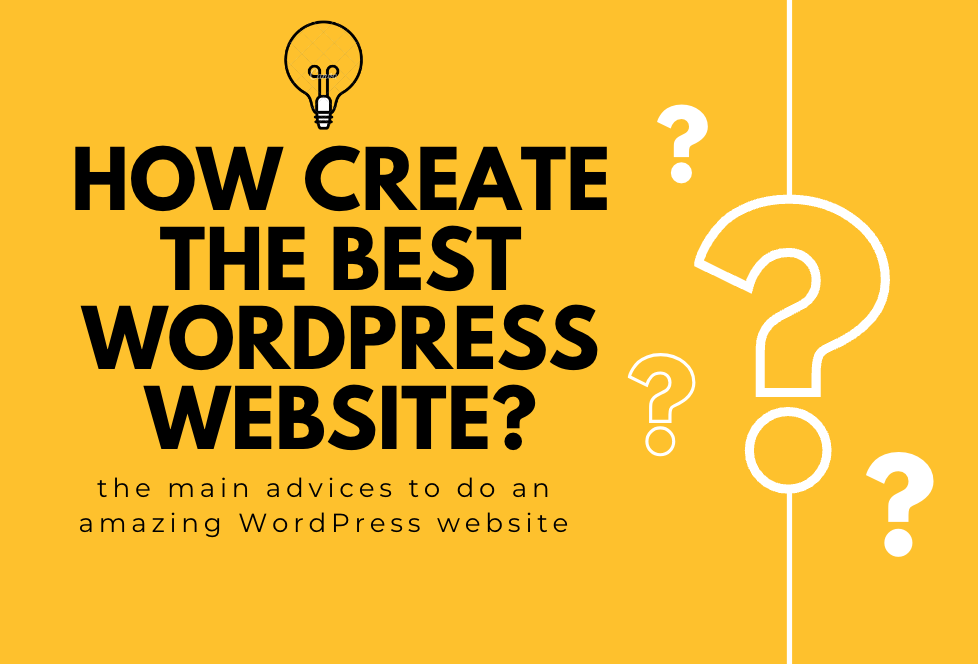Choosing the best WordPress theme for your website is a crucial decision because it significantly impacts the appearance, functionality, and user experience of your site. Here are some steps and considerations to help you choose the best WordPress theme:
Define Your Website’s Purpose and Goals:
- Clearly define the purpose of your website. Is it a blog, an e-commerce store, a portfolio, a business site, or something else?
- Identify your website’s primary goals, such as increasing sales, generating leads, sharing content, or building an online community.
Consider Your Target Audience:
- Understand your target audience’s preferences and expectations. Your theme should cater to their needs and preferences.
Design and Layout:
- Choose a design and layout that aligns with your brand and content. Consider factors like color schemes, typography, and overall aesthetics.
- Ensure the theme’s layout is responsive and looks good on various devices and screen sizes.
Compatibility with Plugins:
- Check if the theme is compatible with popular WordPress plugins you plan to use, such as WooCommerce for e-commerce, Yoast SEO for SEO optimization, or Elementor for page building (Elementor website examples on Pluginu.com).
Speed and Performance:
- Opt for a lightweight theme that prioritizes speed and performance. Faster websites provide a better user experience and tend to rank higher in search engines.
SEO-Friendly:
- Look for themes that are optimized for SEO (search engine optimization). They should have clean code, support schema markup, and provide options for meta tags and descriptions.
Customization Options:
- Choose a theme that offers customization options, such as a theme customizer, color and font choices, and layout settings. This allows you to personalize your site to match your brand.
Demo Content and Importer:
- Some themes come with demo content that you can import to get your site started quickly. This can be a time-saver.
Support and Documentation:
- Check if the theme developer offers reliable support (premium theme) and documentation. Good support can be invaluable if you encounter issues or have questions.
Reviews and Ratings:
- If you’re getting a theme from a marketplace like ThemeForest or the WordPress Theme Repository, read reviews and ratings from other users to gauge the theme’s quality and support.
Regular Updates:
- Ensure that the theme is actively maintained and receives updates to stay compatible with the latest version of WordPress and security patches.
Licensing and Pricing:
- Verify the licensing terms. Most themes are released under the GPL, but some may have additional restrictions.
- Consider your budget, but keep in mind that investing in a premium theme can often be worth it for the added features and support.
Demo and Testing:
- Whenever possible, try a live demo of the theme to see how it looks and works. This can help you get a better feel for the theme’s user interface and features.
Scalability:
- Think about the long-term scalability of the theme. Will it accommodate your site’s growth and changing needs?
Backup and Recovery:
- Ensure that you have a backup plan in place. Regularly back up your site, so you can easily recover it in case of issues when switching themes (WordPress Backup Plugin)
Your choice of theme can affect your site’s performance and user experience, so take your time to research and make an informed decision. It’s often a good idea to test a theme on a staging site before making it live on your production site to avoid disruptions.

True, the WP theme can affect the site’s performance and user experience so choose well which theme would be right for you. Thanks for this guide!